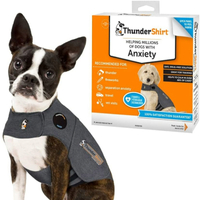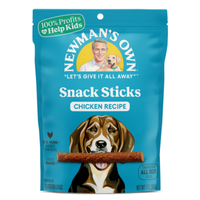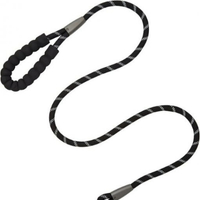What causes reactivity in dogs? Trainer shares 3 reasons and how to help
Understanding the cause is the first step to helping reactivity in dogs.
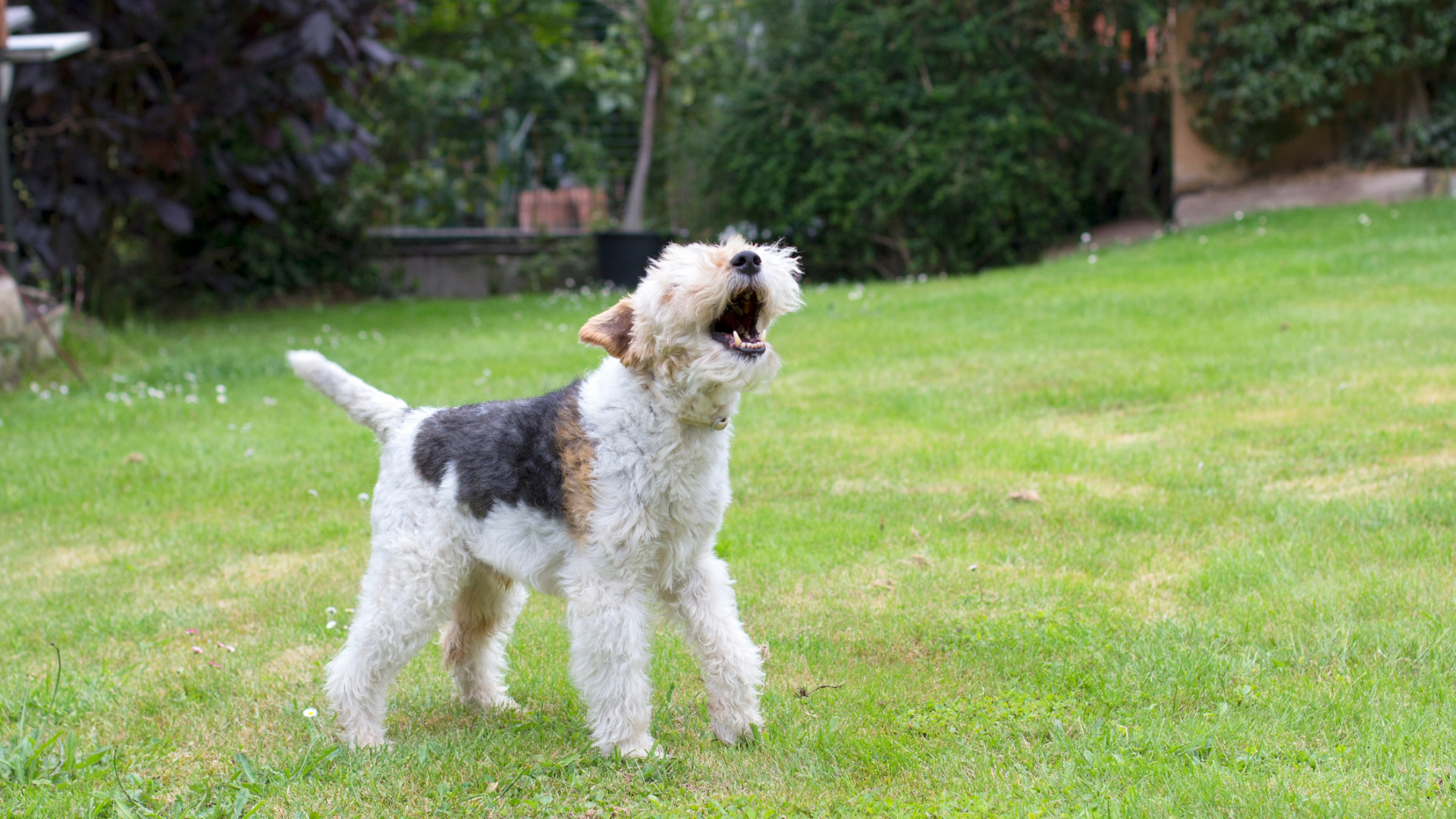
If you’re wondering what reactivity in dogs looks like, and whether it’s something your furry friend is struggling with, answer these questions. Do they tend to overreact in everyday situations? Do they lunge, bark, growl, and fixate on what’s happening? If you answered yes, then you probably have a reactive dog.
If that’s the case, then you might be looking for tips on how to calm a reactive dog. The best place to start? Understanding the reason why they are reactive in the first place. This behavior can be linked to various things, including “a lack of socialization, fear, trauma, and insecurities”, according to the Journal of Applied Animal Welfare Science.
To get to the bottom of these causes, we spoke to APDT-accredited dog trainer Lara Sorisi to find out more. Here are three common reasons why your pup might be reactive and what you can do to help them:
Causes for reactivity in dogs
1. Anxiety
Some dogs are naturally more prone to developing anxious behaviors than others, but underneath the unwanted behavior are often underlying emotions of fear and uncertainty.
Lara says that, “reactivity is normally linked to anxiety. The dog is reacting to something that it’s either been negatively exposed to in the past, or hasn’t been exposed to in the correct way. No matter whether it’s cars, dogs, people or even particular noises, the dog hasn’t been introduced to the subject in the correct way and that’s why it feels so unsure about it.”
Reactivity can often build over time, so if you think that your dog’s negative behavior has suddenly come out of nowhere, there’s a good chance that you’ve missed subtle signs that your dog was feeling uncomfortable.
Behaviors such as excessive yawning, a tucked tail, lip licking, drooling, panting, over-grooming, and scratching can all indicate a stressed dog. If you need help identifying anxiety in dogs, this guide will help.
PetsRadar Newsletter
Get the best advice, tips and top tech for your beloved Pets
So, if your dog is in a new or unusual situation, it’s worth watching dog body language to see whether they’re uncomfortable or not. If they look like they’d rather be elsewhere, you might want to retreat and give them some distance so that they can self-regulate and calm themselves down. Don't forget to invest in the best puppy toys too, if need be.
ThunderShirt Classic Anxiety & Calming Vest for Dogs | Chewy
If you’re dog struggles with anxiety, this calming vest can help. It applies gentle pressure to your dog's body, making them feel like they’re being hugged and soothed. It’s breathable to wear, easy to wash, and has been proven effective in over 80% of dogs.
2. Incorrect socialization
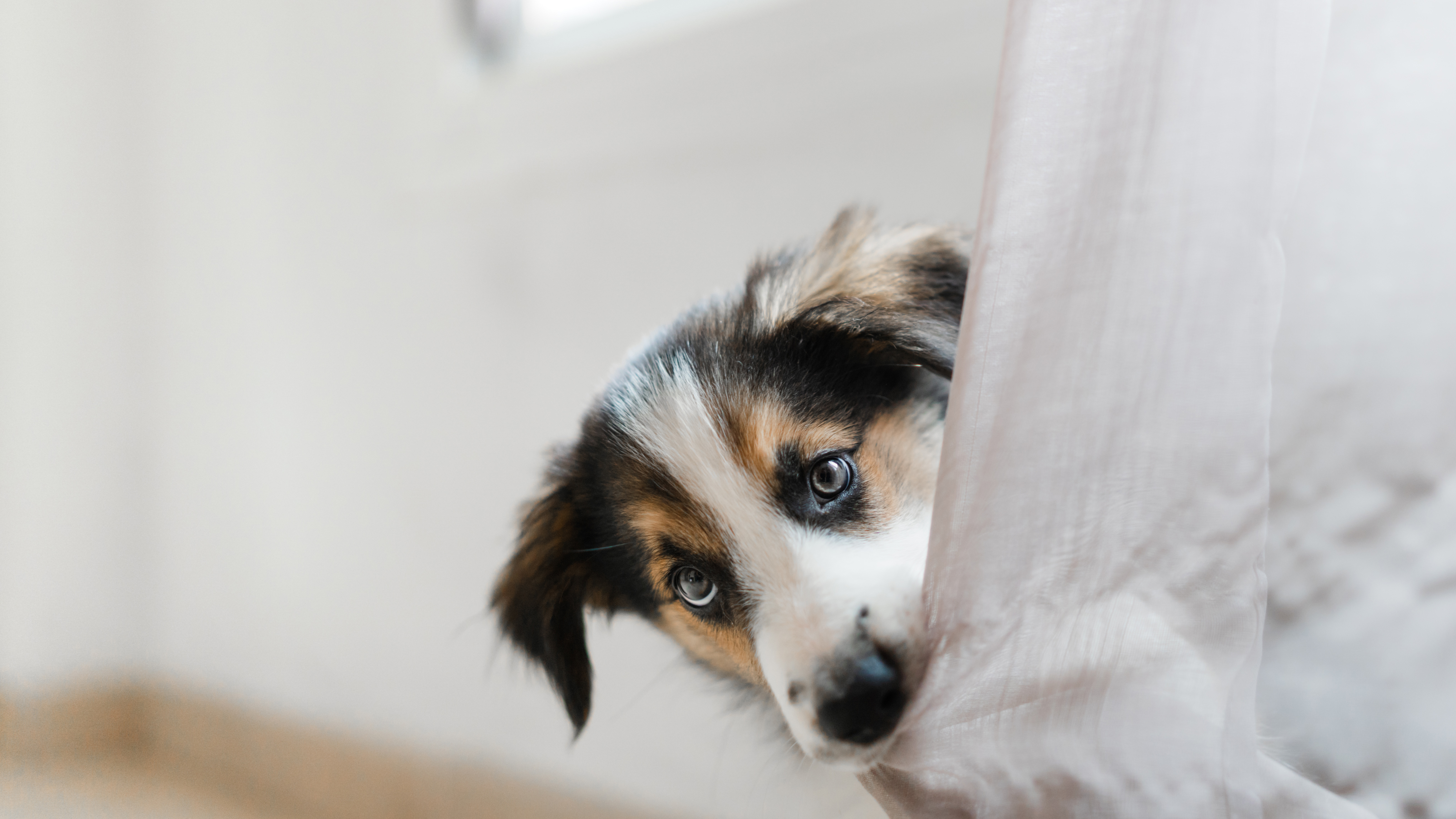
Socializing a puppy is one of the most important tasks in those early days of being a pet parent and that's because it can have a massive impact on a dog’s behavior. However, socialization is unfortunately often misunderstood. Enthusiastic puppy owners will often let their puppy say hello to as many dogs and people as possible in the hopes of creating a well-rounded adult dog.
Unfortunately, as well-intentioned as this is, this can actually teach your puppy that they need to say hello to every dog and person they see – creating a dog that totally ignores its owner and strains towards every novel thing in its environment.
Of course, going in the opposite direction and not giving your puppy enough socialization is also problematic. Not being able to see and experience the world with a puppy’s sponge-like brain can leave the adult dog confronted with situations that leave it uncomfortable, anxious and reactive.
If you want to strike the right balance in your socialization, you need to make sure that your puppy has lots of opportunities to calmly observe dogs and people. Once they’re up to date on their puppy shots and other vaccinations, we would encourage introducing them to dogs that you already know and trust – and if your cousin’s Labrador is a loveable but overly bouncy dog that’s liable to jump on your puppy’s back (which is not only dangerous to your pup’s health but can also teach them bad habits), then you might want hold off on introducing them until your dog is older and more reliable.
If you’re interested in learning more about the correct way to socialize your dog, then we’d recommend getting in touch with a force free dog trainer that’s certified by an accredited organization, such as the APDT.
We understand that owning a reactive dog is hard, here’s how I navigated the social challenges with my pooch.
Newman's Own Snack Sticks Chicken Recipe Grain-Free Dog Treats | Chewy
Packing some tasty treats when socializing your dog is always a good idea. These soft snacks are packed with protein and are free from grain, corn, wheat, and soy so everyone can enjoy them. The best part? 100% of the proceeds are donated to charity.
3. Lack of education on dog walking etiquette
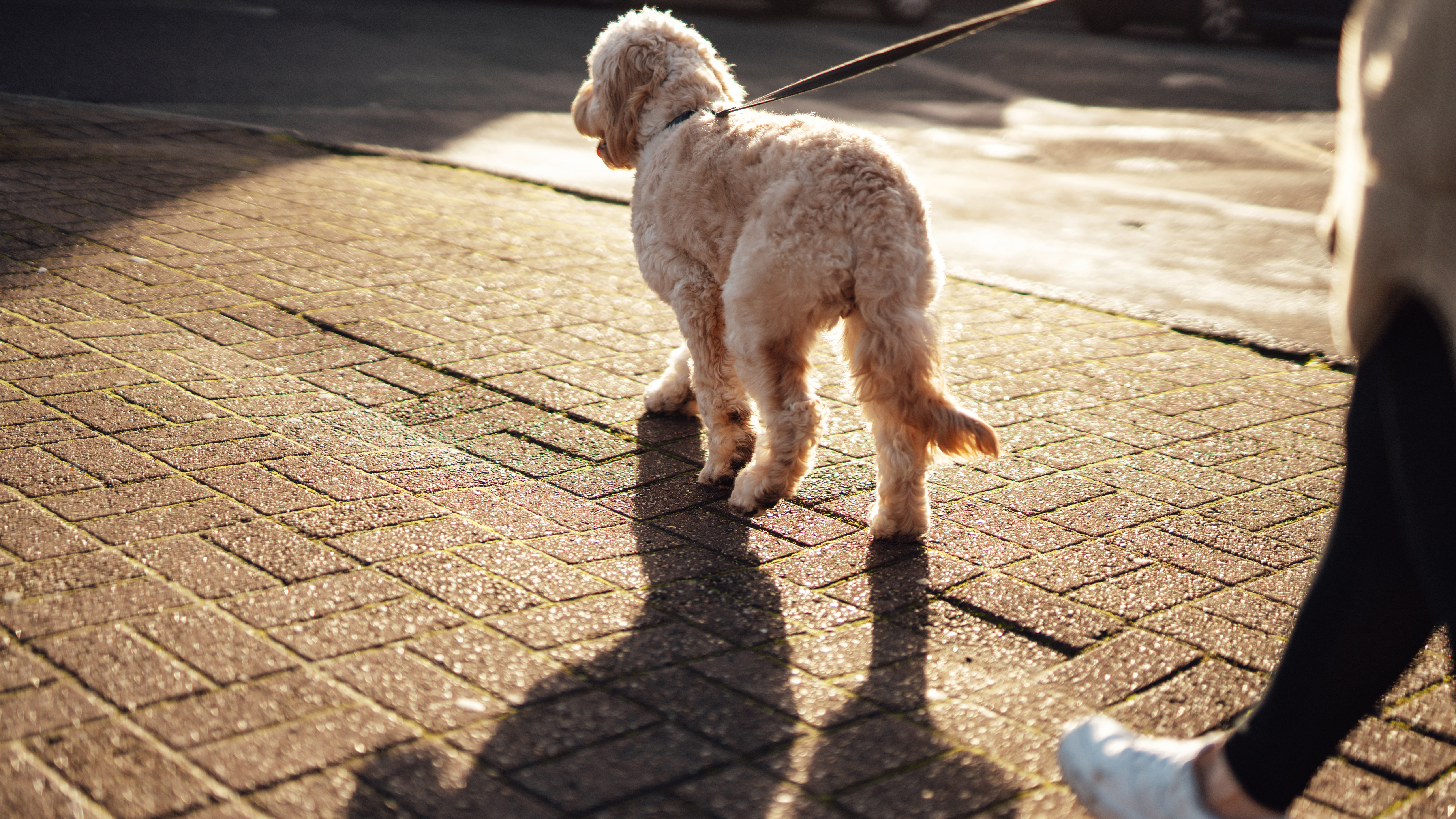
Did you know that a perfectly well adjusted dog can develop reactivity simply from other off-lead strange dogs running up to it? It’s not as strange as it sounds when you consider how you would react and feel if another human that you didn’t know sprinted across a field and only stopped when they were nose-to-nose with you.
This is why it’s so important to have proper dog walking etiquette when you’re on a walk – not only are you protecting your own dog, but everyone else’s as well. Lara says, “One of the biggest issues that my wonderful clients face is that they do the training and are responsible on their dog walks, but their hard work is often ruined by irresponsible dog owners who haven’t trained their dogs correctly, don’t understand proper socialization and can’t even recall their dogs.
“With so many people having dogs now, common dog walking areas are quickly becoming overpopulated. With incorrect socialization and over socialization also being so common, more and more owners are having to consult a qualified behaviorist to fix dog reactivity from negative experiences. I caution all of my clients on the importance of being aware of how many dogs end up with issues, because all it takes is one negative interaction to create a huge problem.
“I’ve generally found that people just aren’t educated enough on dog walking etiquette and they’re also not willing to train their dog. This means that dogs without proper training are being let off lead when they shouldn’t be. The common refrain of ‘let the dog be a dog’ is really terrible advice – just like children, dogs need boundaries and structure in order to be a polite and respectful member of our society.”
While you obviously can’t control what other people do, if you want to try and avoid situations where other dogs rush your own pup, then it’s best to take them on a walk at quiet times in remote areas being sure to avoid these common loose leash walking mistakes. While this isn’t foolproof, you’re less likely to come across potentially negative situations when there’s simply fewer dogs around.
Another great option is to take your dog to a private dog walking field – this is a good opportunity for them to stretch their legs and run around without any possibility of coming across a strange dog.
You might also like to invest in the best dog harness for pulling and use this alongside treats and other training methods to help calm your pup's reactivity.
Frisco Rope Dog Leash with Padded Handle | Chewy
A good lead will make all the difference to your dog walking experience. Not only does this one feature an ultra-comfortable padded handle, but it also has reflective strips for safety.
Want some playtime ideas for your reactive dog? Try these fun games for reactive dogs. Or, learn about the common mistakes you should never make with a reactive dog.

Lara Sorisi is a science-based and force-free dog trainer who has been training dogs for six years. She is accredited by the APDT (Association of Pet Dog Trainers), which is one of the most rigorous dog training qualifications available. Lara holds a bronze-level qualification with UK Sniffer Dogs, which means that she is an accredited UK Sniffer Dogs instructor. She’s also formally competed in gundog trials for three years. In 2021, two of her dogs became field trial winners. Meanwhile, in 2022 she qualified for the Kennel Club 92nd Championship Field Trial for Cocker Spaniels. In addition to her own competing accomplishments, she’s also produced three award-winning dogs for other competitors as well.
Louise Carey is a freelance writer and the Editor of sister website Top Ten Reviews. She has been working in publishing for seven years, contributing to publications including The Independent, TechRadar, Digital Camera World and more. As the proud pet parent of a reactive border collie with a food allergy, it’s been necessary for Louise to explore a variety of fun and exciting ways to enrich an energetic dog that can’t always go on walks. She’s passionate about sharing the information she’s learned to help other pet owners as well.
